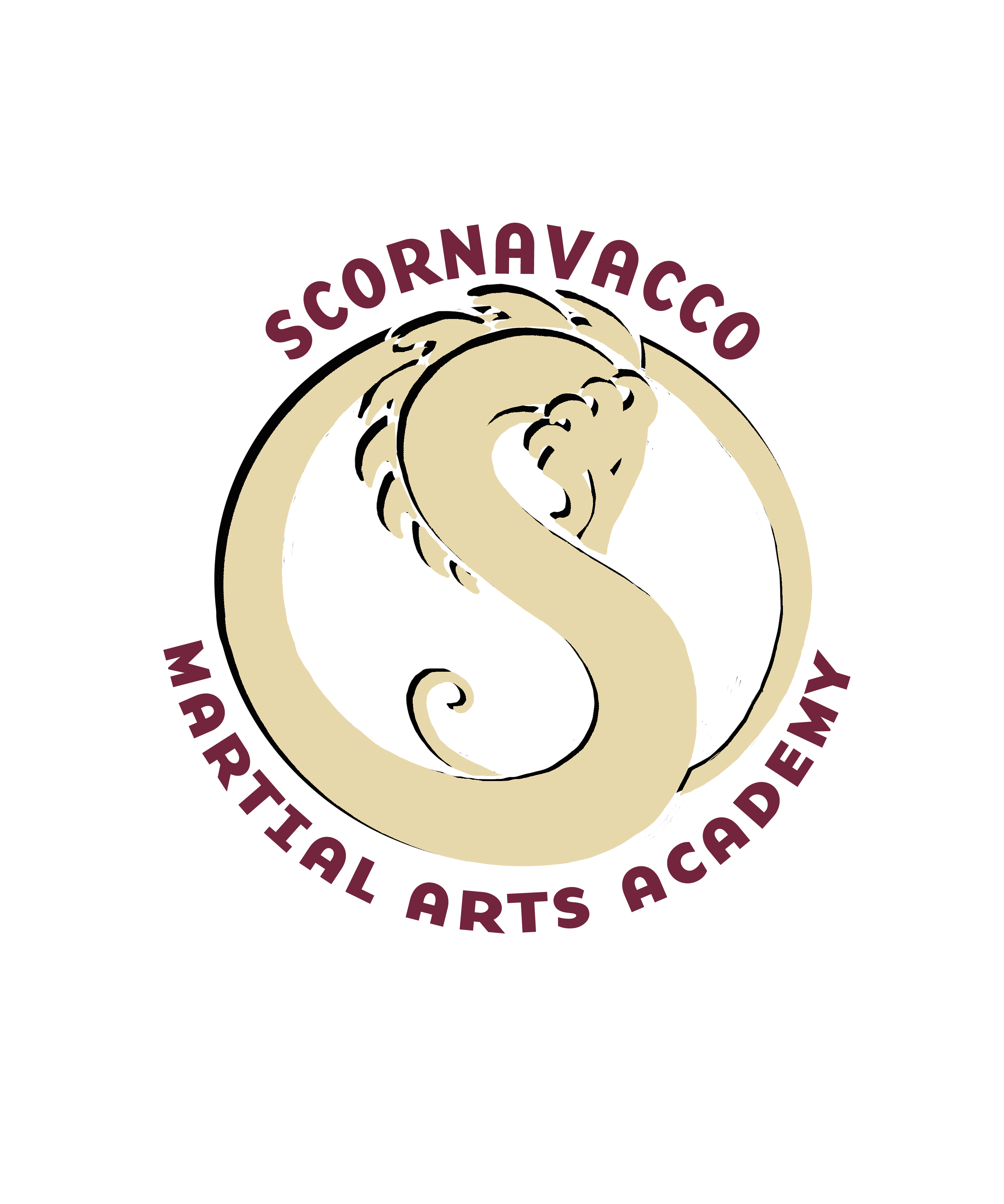PART 3: Prepare, Propose & Plan
You’ve prepared your agenda…or at least what you want to bring up in the parent-conference. Now starts the real dance.
Propose: Marriage proposals tug at our heartstrings. By design, they launch us into a wondrous space where the future looks bright thanks to a budding partnership. The same can be said for meaningful parent teacher conferences.   When “proposing†in a parent teacher conference it’s best to keep things simple and private. I say “simple†because there is only so much time for a conference. This is just one conference, and while it might be a memorable one, you want to be sure that it is just the start (or continuation!) of an authentic partnership.
You may want to ask your most important question first, in case time runs out.
Parent teacher conferences do indeed run on a tight schedule…unlike marriage proposals! Arrive on time and plan to end on time. It may help to set a silent timer such as the vibration mode on your cell phone to five minutes prior to the scheduled end of the conference. That way, you feel the vibration in your pocket and know that it’s time to start “wrapping it up†and, if need be, requesting more time with the teacher for a later date.
You’ve prepared. Now, dance. And remember, just like a dance partner, teachers don’t have all the answers. At the same time, they do have some of the answers…or at least a lot of data on your child.
Listen actively, and show that you are doing so (e.g. “is what I hear you saying….?†“this sounds like something importantâ€). Use – statements (e.g. “I just wish there was something more we could do;†“I’m convinced there’s another way to go about this;†“I’d like to helpâ€). Lastly, always – always – feel free to ask for clarification.
It’s also a good idea to check-in with yourself (silently!) about your expectations and assumptions. That way, you won’t be thrown off guard when the teacher says or does something that just doesn’t “feel right.” You’d be more likely to figure out where that feeling is “coming from” – what part of it is you, and what part of it is the teacher, and what part might be a complete misunderstanding. You’d be more likely to communicate in a loving, understandable way. And of course, you’re communicating about your child (not you). Your child: s/he’s the focus here….even though, yes, your “ghosts in the classroom†may be speaking to you.
Plan: We all forget things. We all dream of possibilities. At the end of the conference is the time to be sure that you’ve co-created a plan with the teacher about next steps. Write down things that you and the teacher will do to support your child. It’s okay if you write this plan down in the car or when you get home – just be sure to commit it to writing. Helpful points to write down include what you (and the teacher!) will do, when and how often you will do these things, and a date for another check-in. At the end of the meeting would also be a good time to ask your child’s teacher his/her preferred mode of communication. At that time, share your preferences for communication as well. Communication goes two ways!
Most of all, remember to involve your child in next steps. Talk to your child about what you learned from his or her teacher. You may want to show your child what YOU will be doing differently at home to support him or her…while, of course, asking for your child’s suggestions.
